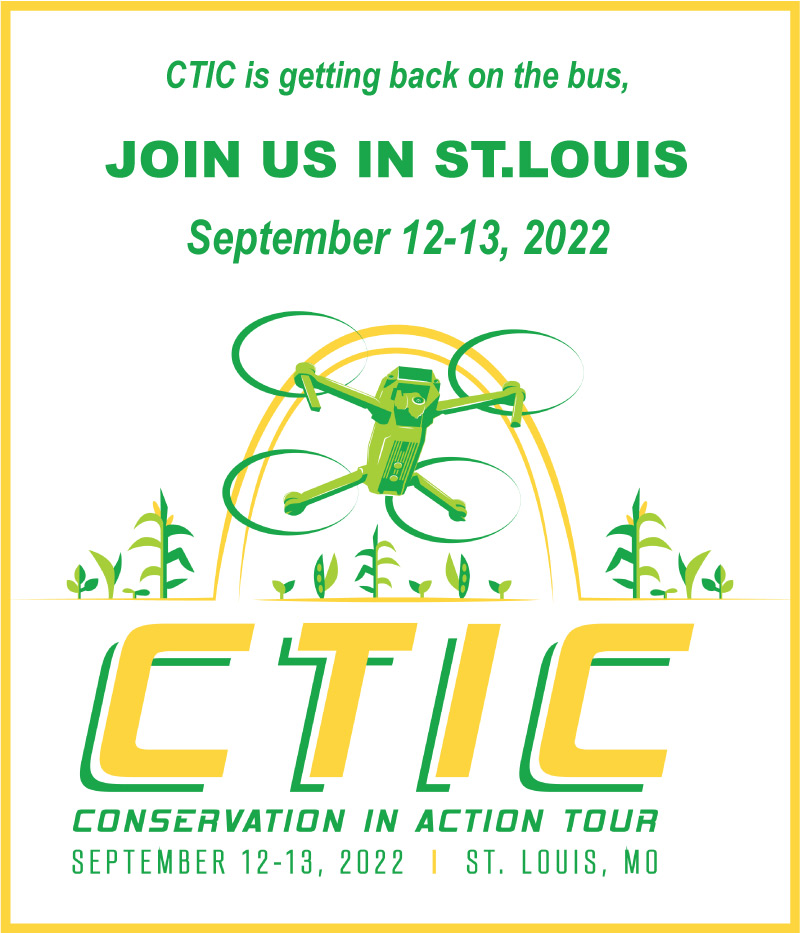Weed and Pest Management
Weed & Pest Management (IPM) Facts
What is it?
It's a comprehensive approach to fine tuning on-farm management of harmful weeds and pests. Today we have improved methods for control of weeds, insects and diseases. Management strategies that allow for better control, with minimum risk to the environment. Resistant plants, cultural controls, soil amendments, beneficial insects, natural enemies, barriers, physical treatments, behavioral disruptants, biological and conventional pesticides are some of these management strategies.
Increases Profits
Inputs such as mechanical cultivation, pesticides, fertilizers and tillage trips cost money. By using best management practices to apply these inputs when they are actually needed, growers can reduce costs. Weed and pest management can help match the best method of control with the optimum time to maximize benefits of the control. Thus, weed and pest management can improve the bottom line for growers.
Reduces Risks
Weed and pest management results in fewer herbicide and any other applications, at reduced rates, using the safest and most effective formulations. This minimizes risk associated with the application including accidents, drift, and any potential toxic effects on non-target species. Scouting helps avoid unexpected pest outbreaks, which can cause heavy losses if not caught and treated.
Protects the Environment
By using mechanical cultivation, pesticides, fertilizers and tillage only when necessary, growers protect the environment, by reducing sediment, and polluted runoff from entering our lakes, streams and rivers. Utilizing scouting and selecting the appropriate control for the weed or pest identified, supports the biological integrity of all life on earth.
Management Tips
- Soil Management – improves organic matter of the soil
- Cultural Practices – improves soil tilth
- Planting – ideal timing
- Pest Trapping – track infestations
- Monitoring – scouting to determine threshold level
- Forecasting – weather information for spraying
- Biological Controls – inhibit pest populations
- Thresholds – level of pest that causes economic loss
- Chemical Controls – most effective, appropriate product
- Record Keeping – for future management decisions

